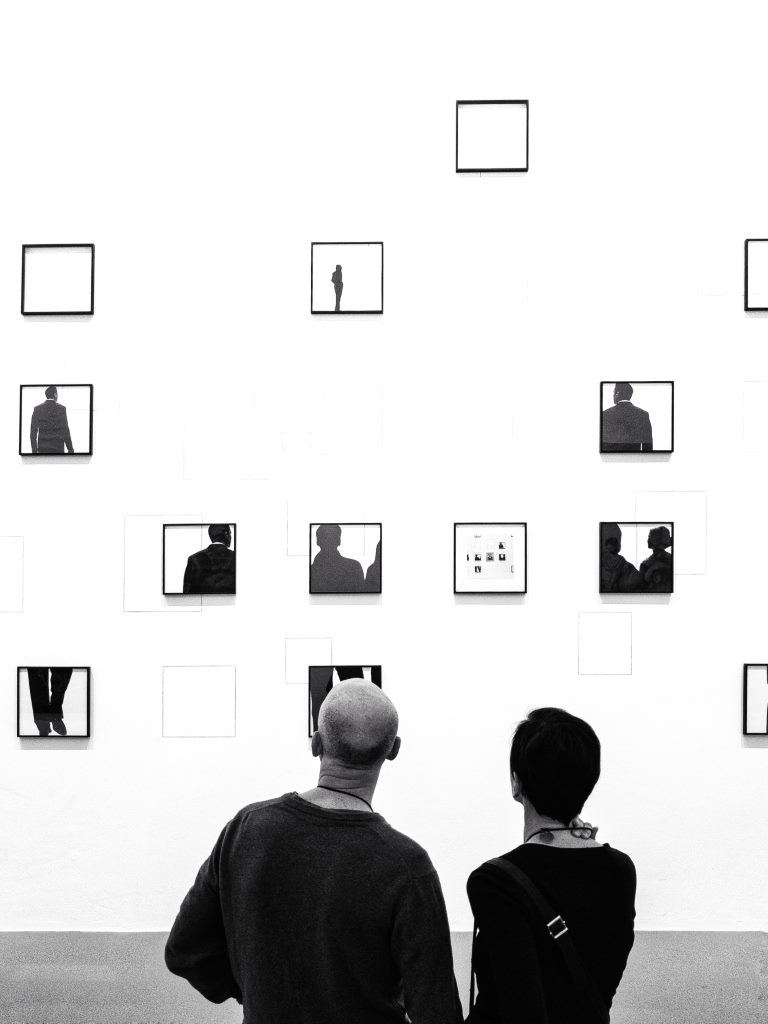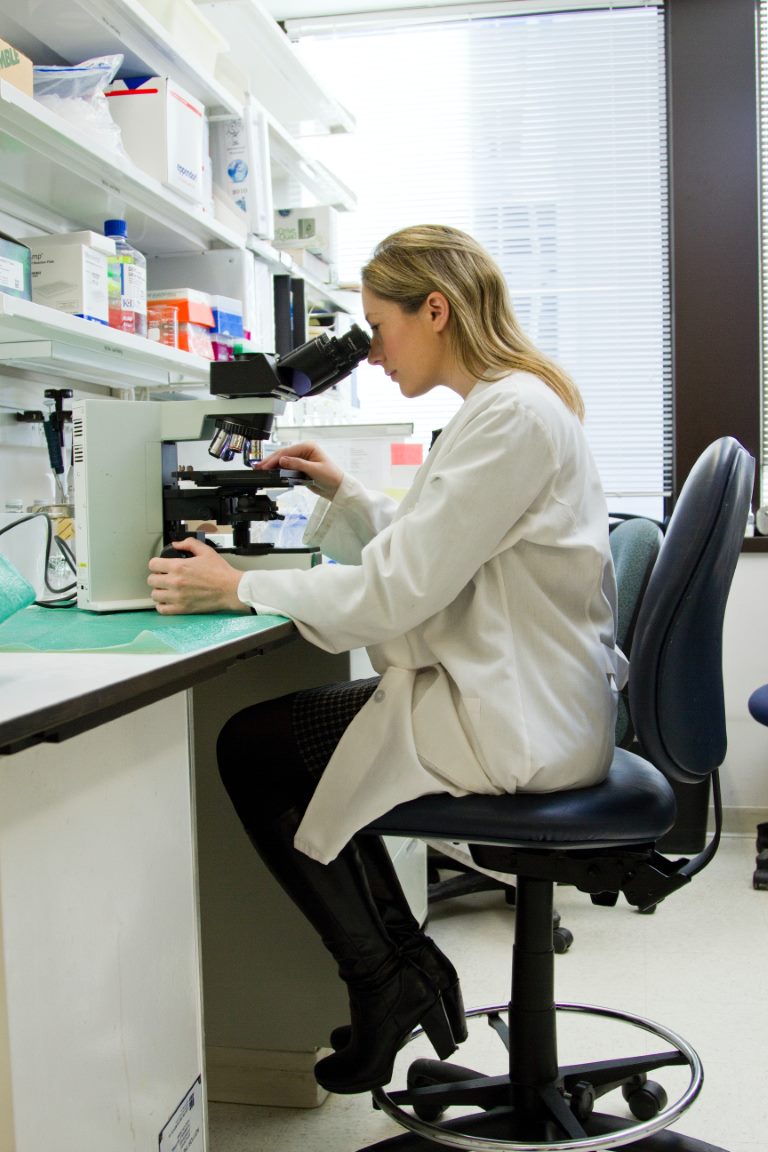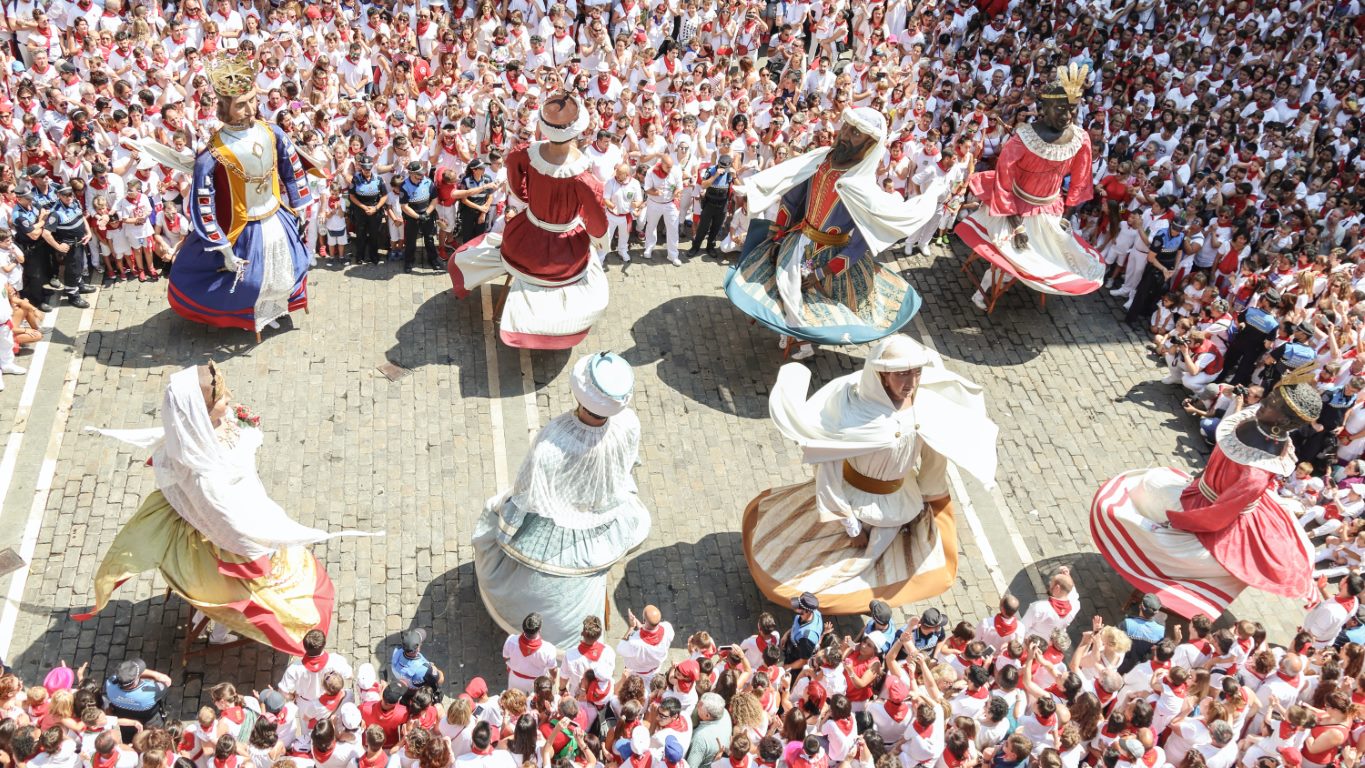How to Plan Your Casablanca to Rabat Full Day Trip
If you’re visiting Casablanca and have a day to spare, there’s no better way to spend it than by joining a full-day trip to Rabat. Rabat is Morocco’s charming capital that is home to a diverse array of architectural wonders, cultural sites, and vibrant markets. In this guide, we’ll show you how to plan and book your Casablanca to Rabat Full Day Trip.Overview
The full-day excursion from Casablanca to Rabat includes a guided tour of Rabat’s best sights, food and drinks, and round-trip transportation in a comfortable air-conditioned vehicle.What’s Included
- Guided tour of Rabat
- Round-trip transportation by air-conditioned vehicle
- Local professional guide
- Food and drinks
- Tips/gratuities (optional)
Meeting and Pickup
There are different pickup points to choose from, and you can select the one that’s most convenient for you. Pickup is available from Casablanca hotels and starts at 9:00 AM.Pickup points
- Casablanca Hotels
Select a Pickup Point:
You can select the pickup point closest to your hotel from the following options:
- Casablanca: Boulevard Anfa, Casablanca, Morocco
- Casablanca: Boulevard Moulay Youssef, Casablanca, Morocco
- Casablanca: Rue Brahim Nakhai, Casablanca, Morocco
- Place Sidi Belyout: Boulevard Brahim Roudani, Opposite Mosque Hassan II, Casablanca, Morocco
- Place Sidi Belyout: Rue Abou Kacem Kotbari, Casablanca, Morocco
What to Expect
Here’s an itinerary of what you can expect on your full-day trip to Rabat.1. Chellah
Chellah is a necropolis and complex of ancient ruins located on the outskirts of Rabat. It was first established as a Phoenician trading post, and later it was occupied by the Romans and various Moroccan dynasties. Today, the site comprises a series of well-preserved buildings, gardens, and ornate tombs.
Duration: 30 minutes (Admission Ticket Not Included)
2. Hassan Tower
Hassan Tower is an iconic minaret that was part of an ambitious mosque complex commissioned by the Almohad ruler, Yaqub al-Mansur. The mosque was never completed but the tower stands out as a striking masterpiece of Moroccan architecture. It’s made of red sandstone and features intricate carvings and decorative motifs.
Duration: 30 minutes (Admission Ticket Not Included)
3. Mohammed V Mausoleum
The Mohammed V Mausoleum is the final resting place of King Mohammed V, who is revered as a national hero and the father of modern Morocco. The mausoleum is a stunning example of Moroccan craftsmanship and features elaborate mosaics, marbled floors, and soaring ceilings.
Duration: 30 minutes (Admission Ticket Not Included)
4. Kasbah of the Udayas
The Kasbah of the Udayas is a medieval fortress that stands on a rocky outcrop overlooking the Atlantic Ocean. The kasbah is enclosed by high walls and narrow streets lined with whitewashed houses, blue doors, and colorful flowerpots. At the end of the street, you’ll find a beautiful garden that offers stunning views of the ocean and the city skyline.
Duration: 1 hour (Admission Ticket Not Included)
5. Tour of Rabat City
The final part of the tour will take you through the bustling streets of Rabat’s city center. You’ll explore the medina, the old walled city that is home to a labyrinth of narrow alleys, traditional shops, and Moroccan-style houses. You’ll also visit the souk, the local street market, where you can practice your bargaining skills and buy some souvenirs. Finally, you can enjoy some free time to grab lunch, a coffee or a mint tea in one of the city’s famous cafes or restaurants.
Duration: 2 hours
Additional Info
Confirmation will be received at the time of booking. Infants must sit on laps. The activity is not wheelchair accessible, but infant seats are available. Most travelers can participate.
Operated by Easy Transfers
The tour is operated by Easy Transfers, a local company that specializes in creating personalized travel experiences that allow you to see the best of Morocco in comfort and style. Easy Transfers prides itself on its expert guides, reliable transportation, and excellent customer service.
Cancellation Policy
You can cancel up to 24 hours in advance of the experience for a full refund. For a full refund, you must cancel at least 24 hours before the experience’s start time. If you cancel less than 24 hours before the experience’s start time, the amount you paid will not be refunded.
If you’re ready to explore the best of Rabat, book the tour here book here.

Frequently Asked Questions (FAQ) About Casablanca:
1. Where is Casablanca located?
Casablanca is located in western Morocco, bordering the Atlantic Ocean. It is the largest city in Morocco and serves as the country’s major economic hub.
2. What is the best time to visit Casablanca?
The best time to visit Casablanca is in the spring (March to May) or fall (September to November) when the temperatures are mild and pleasant for sightseeing. However, keep in mind that Casablanca can be quite crowded during these months, so it’s best to book your accommodations and tours in advance.
3. What are some of the must-see attractions in Casablanca?
One of the top attractions in Casablanca is the Hassan II Mosque, which is the third-largest mosque in the world and a breathtaking sight to behold. Other popular attractions include the Medina of Casablanca, the Corniche waterfront, and the Museum of Moroccan Judaism.
4. Is Casablanca safe for tourists?
Casablanca, like any other city, has its share of petty crime, so it’s important to take precautions such as avoiding dark alleyways and keeping a close eye on your belongings. However, overall, it is relatively safe for tourists, and violent crime is rare. It’s always a good idea to check the latest travel advisories before planning your trip.
5. What should I wear when visiting Casablanca?
Morocco is a conservative country, so it’s best to dress modestly when visiting Casablanca. This means covering your shoulders and legs, and avoiding low-cut tops and shorts. If you plan to visit a mosque, women will need to wear a headscarf as well.
6. What is the currency used in Casablanca?
The currency used in Casablanca (and Morocco in general) is the Moroccan dirham. You can exchange currency at the airport or banks in the city, and there are also ATMs available to withdraw cash. Some places in Casablanca may also accept euros or US dollars, but it’s generally easier to use the local currency.
7. What is the food like in Casablanca?
Moroccan cuisine is famous for its aromas and flavors, and Casablanca is no exception. Some of the must-try dishes include tagine (a slow-cooked stew of meat and vegetables), couscous (a grain dish typically served with vegetables or meat), and pastilla (a sweet and savory pie often filled with chicken and almonds). You can find many traditional restaurants and street food vendors throughout the city.
8. Can I drink alcohol in Casablanca?
Alcohol is available in Casablanca, but it’s not as widely available as in other countries. Many restaurants and hotels will serve alcohol, and there are also a few bars and clubs in the city. However, it’s important to be respectful of local customs and avoid drinking in public or getting drunk.
9. How do I get around Casablanca?
The most common way to get around Casablanca is by taxi. There are both individual and shared taxis available throughout the city, and they are relatively inexpensive. You can also hire a private driver or rent a car, but keep in mind that traffic can be congested and chaotic. Another option is to use public transportation, such as the tramway or city buses.
10. What souvenirs can I buy in Casablanca?
Some popular souvenirs to buy in Casablanca include traditional Moroccan lanterns, ceramics, leather goods, and textiles. You can also find spices, argan oil, and other local products. The Medina of Casablanca is a great place to shop for souvenirs, but be prepared to haggle for a good price.
Overall, Casablanca is a vibrant city with a rich history and culture. By following these tips and recommendations, you can make the most of your visit and have a memorable experience.

How to Spend Your Time as a Tourist in Casablanca
Casablanca, the bustling port city of Morocco, is often overlooked by tourists in favor of Marrakech or Fez. However, this city has a lot to offer for tourists who want to experience a different side of Morocco. In this guide, we’ll show you how to spend your time as a tourist in Casablanca.1. Visit Hassan II Mosque
Hassan II Mosque is the largest mosque in Morocco and one of the most impressive in the world. Located on the oceanfront, this beautiful mosque boasts intricate architectural details and stunning views. Visitors are allowed to tour the mosque, however, be respectful of the prayer times and dress appropriately.2. Explore the Old Medina
The Old Medina of Casablanca is a maze of narrow streets and alleyways filled with vendors selling traditional souvenirs and street food. It’s a great place to get lost and immerse yourself in the local culture. Some of the must-visit places in the Old Medina include Place des Nations Unies, Souk Habous, and the Marché Central.3. Relax at Corniche
Corniche is a long seaside promenade that stretches for miles. Here you can enjoy the beautiful ocean views, go for a jog or bike ride, and soak up the sun. It’s a popular spot for locals and tourists alike, and there are plenty of cafes and restaurants where you can enjoy a meal or a drink.4. Visit Rick’s Cafe
For fans of the classic movie, Casablanca, a visit to Rick’s Cafe is a must. This recreation of the famous cafe from the film is a great spot to enjoy a drink or meal and soak up the atmosphere.5. Check Out the Art Deco Architecture
Casablanca is known for its impressive Art Deco architecture, which was prevalent during the French colonial period. Some of the most notable buildings include the Villa des Arts, the Cinema Rialto, and the Sacré-Cœur Cathedral. Take a stroll around the city to discover these architectural gems.6. Visit the Royal Palace of Casablanca
The Royal Palace of Casablanca, also known as the Dâr el Makzhen, is the official residence of King Mohammed VI. While visitors are not allowed inside the palace, you can admire the beautiful gates and intricate details from the outside.7. Experience the Nightlife
Casablanca has a vibrant nightlife scene with plenty of bars and clubs to choose from. Some of the most popular spots include Sky 28, Churchill Pub, and Rick’s Café Bar. Be aware that alcohol is not widely available in Morocco, and many bars and clubs require a dress code.8. Visit the Museum of Moroccan Judaism
The Museum of Moroccan Judaism is the only Jewish museum in the Arab world, and it’s a fascinating look at the country’s Jewish history and culture. Exhibits include ritual objects, clothing, and photographs, and there are also temporary exhibitions on display.9. Try the Local Cuisine
Moroccan cuisine is known for its bold flavors and unique spices. Some of the must-try dishes include tagine, couscous, and b’ssara soup. You can find these dishes at local restaurants and street stalls throughout the city.10. Go Shopping
Casablanca has a range of shopping options from trendy boutiques to traditional markets. The Morocco Mall is the largest shopping center in Africa and has over 200 stores, or you can head to the Marché Central or the Old Medina for a more traditional shopping experience.Book Your Tour Now
Casablanca is a vibrant and exciting city that is often overlooked by tourists, but there’s plenty to see and do here. From the impressive Hassan II Mosque to the bustling Old Medina, there’s something for everyone in this Moroccan gem. Use this guide to plan your trip and make the most of your time in Casablanca.Table of Contents

